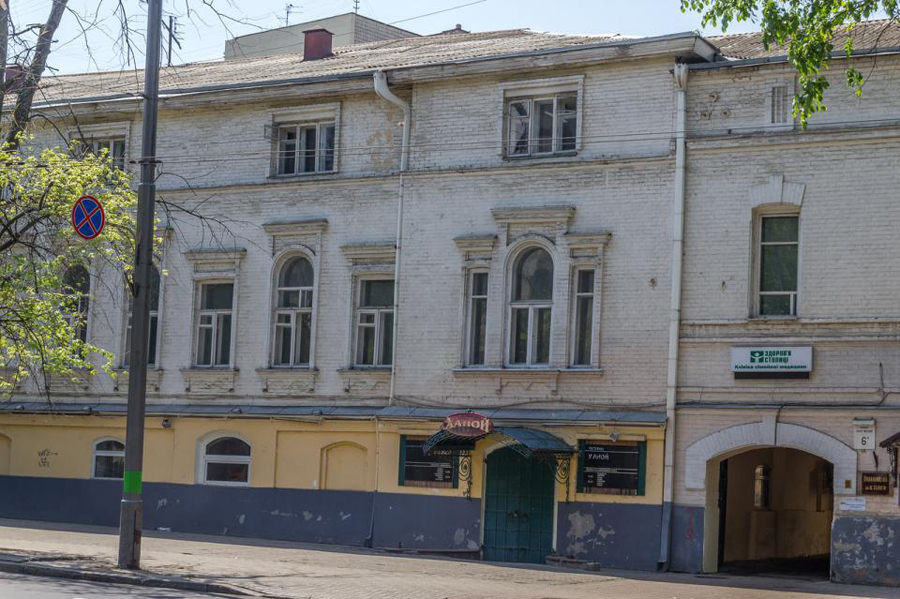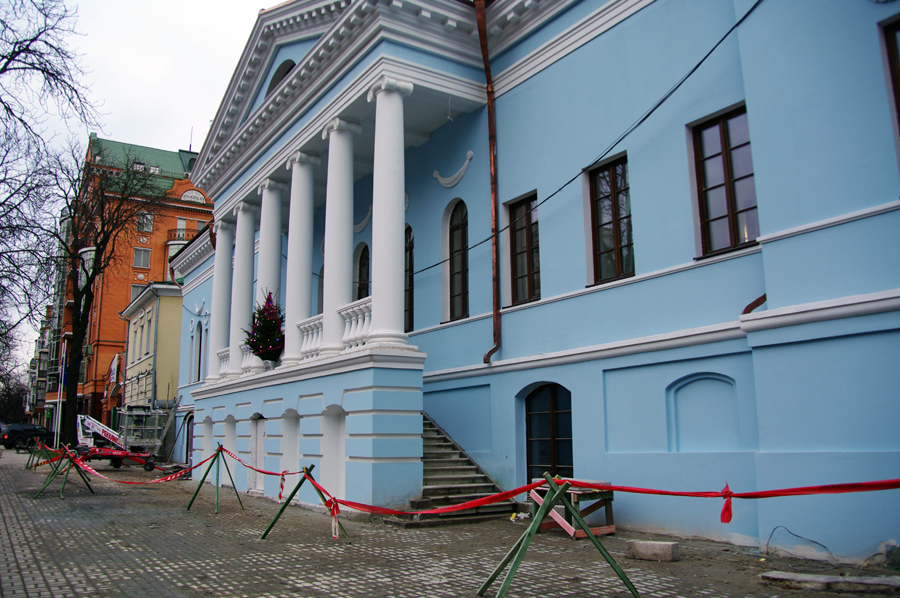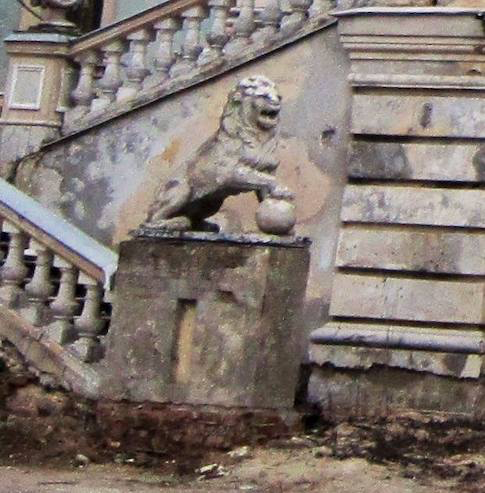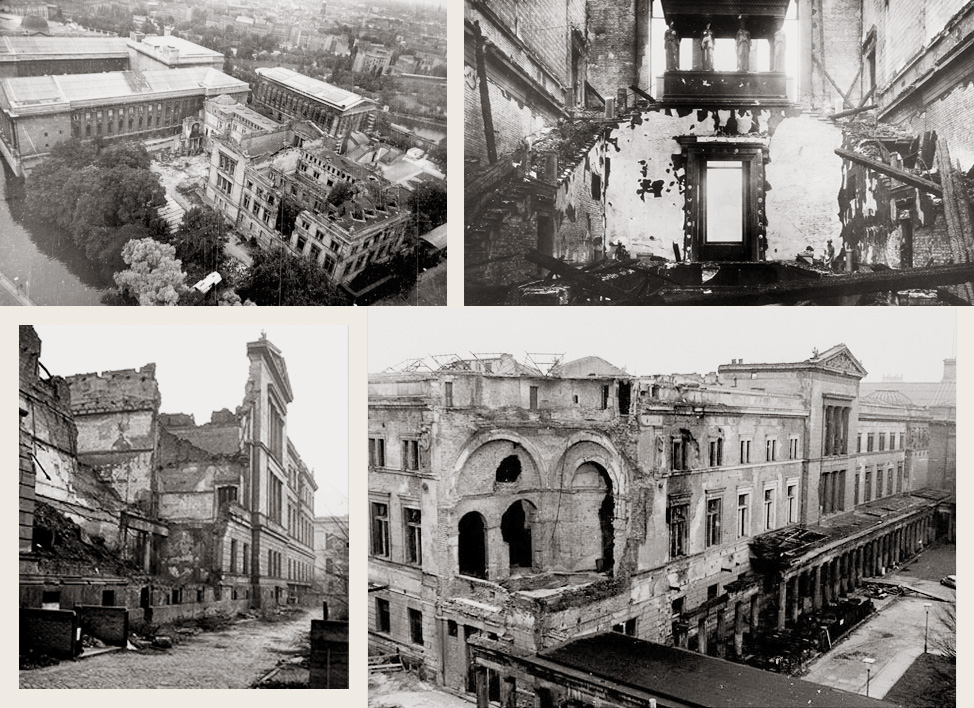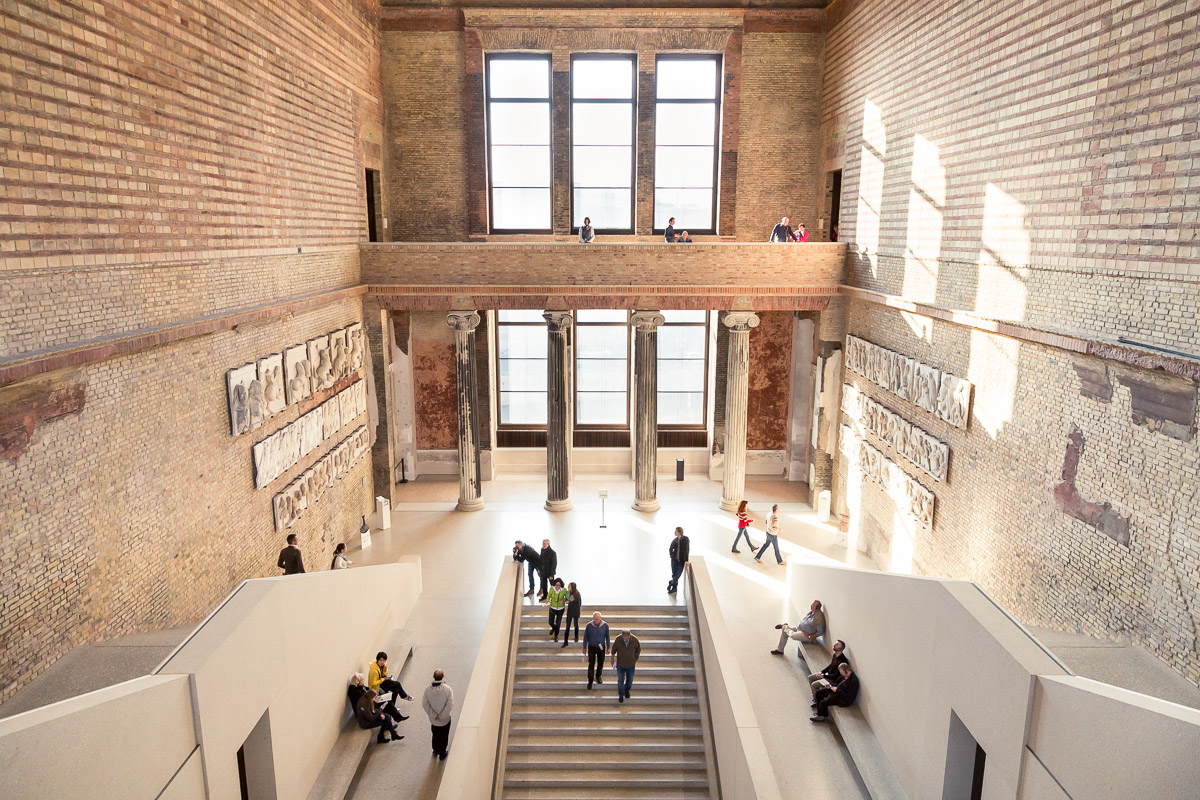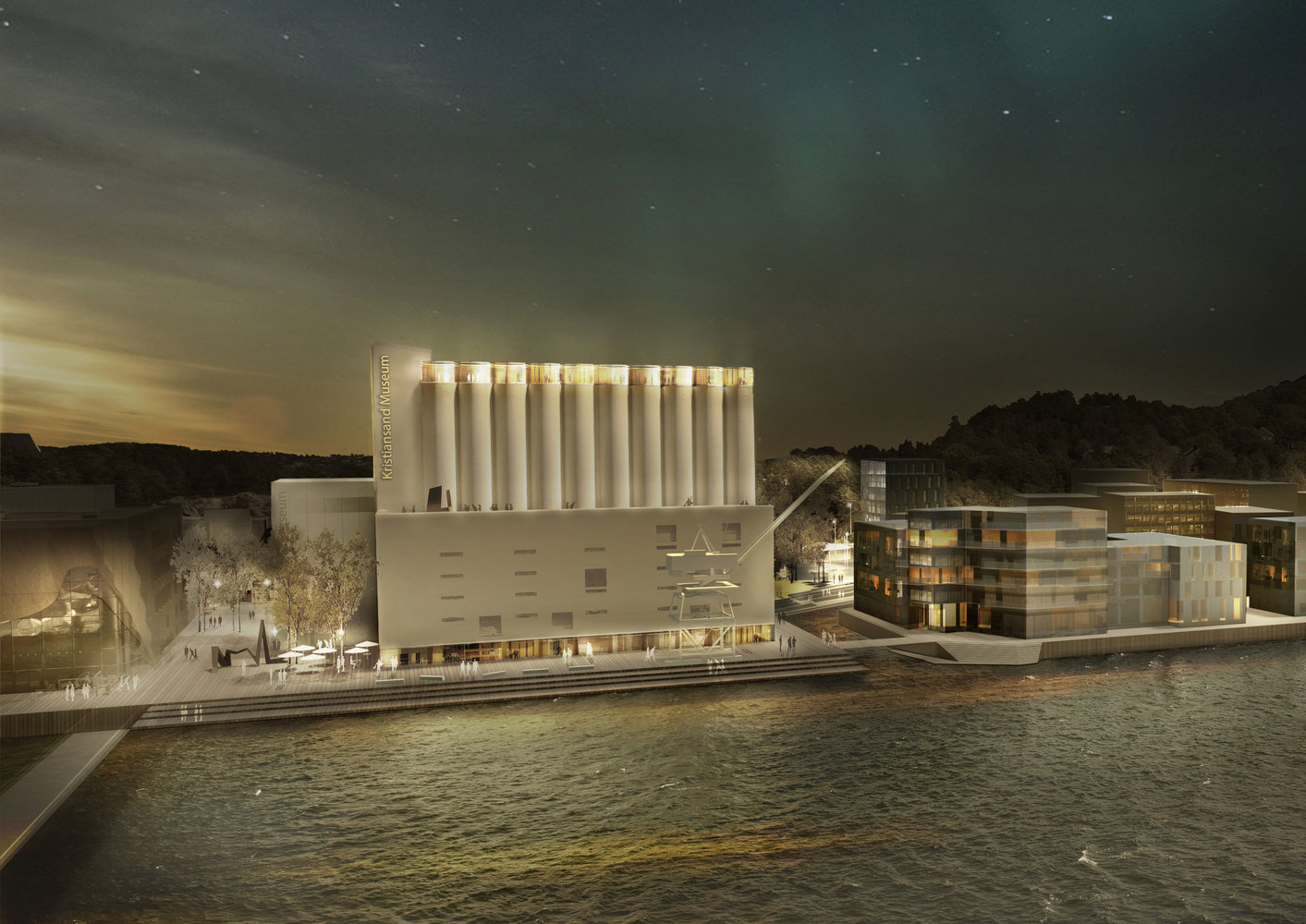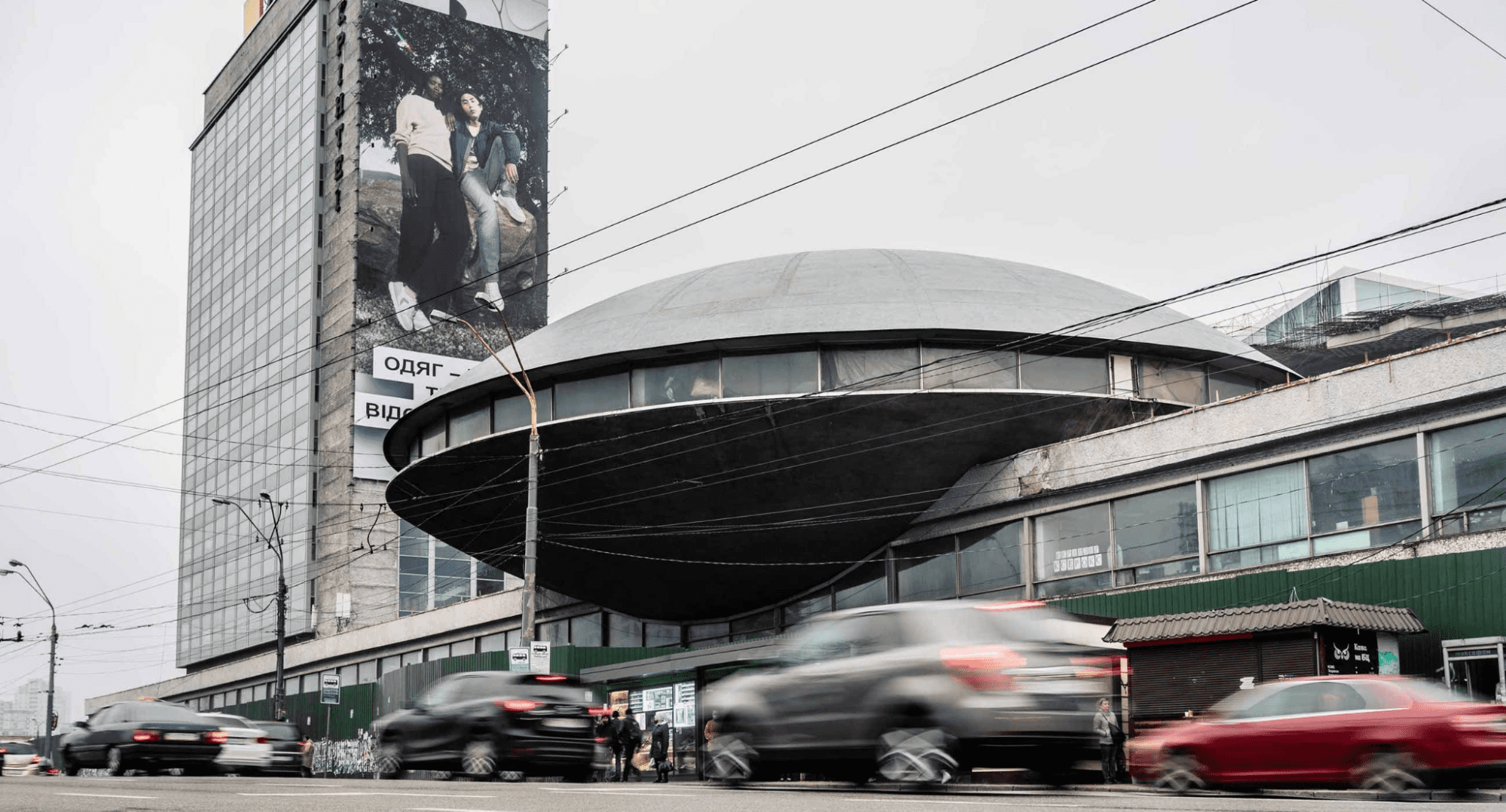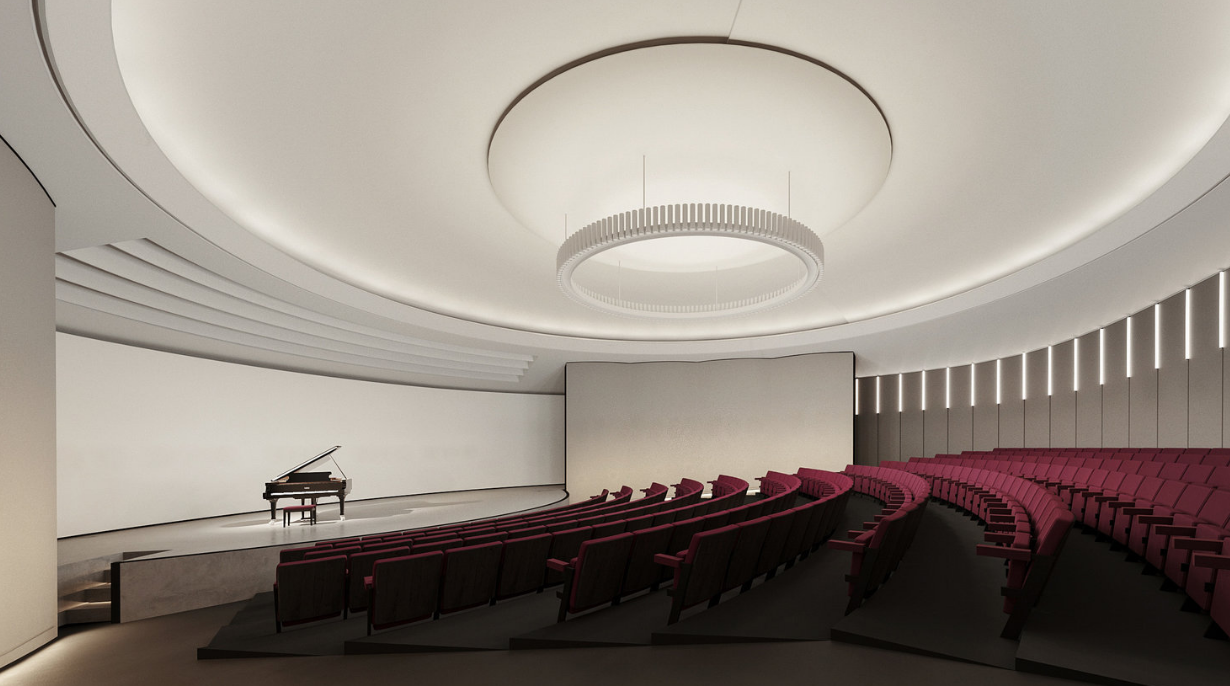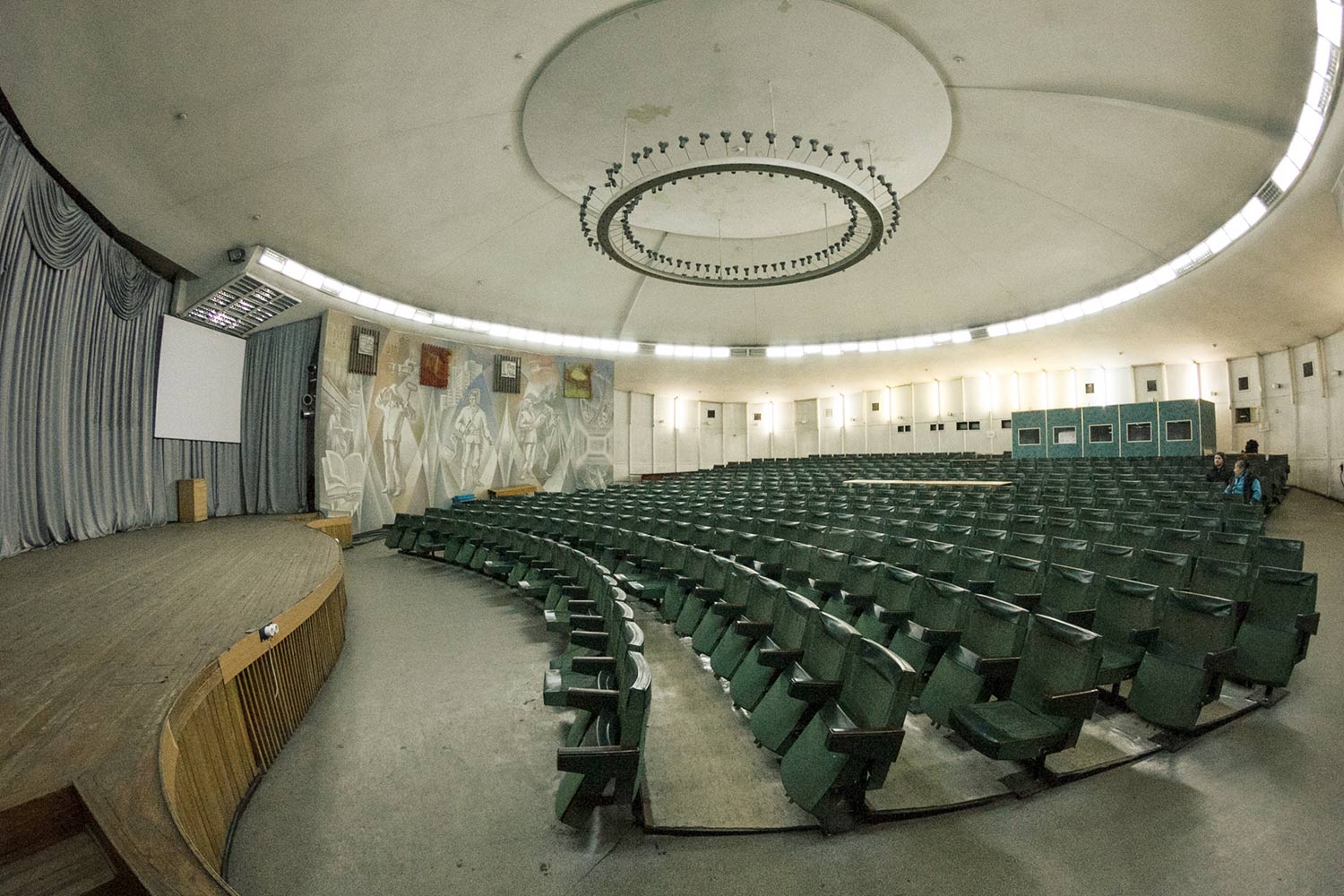Utkin's House and other scandals: how to protect the city from illegal developments and failed reconstructions
And what can everyone do to protect historic buildings, even those that don't have protected status?
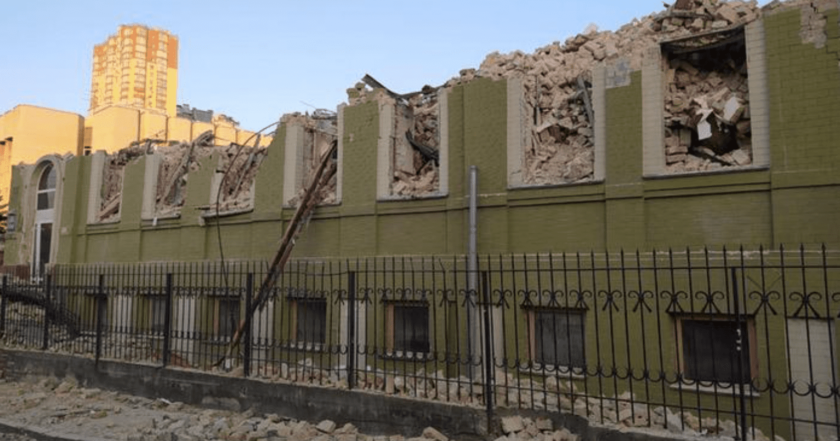
In Kyiv, Utkin's House, a historic building on Symona Petliury Street near the Vokzalna metro station, was demolished. On the site of a two-story building, a development company Zim Group plans to build a 26-story apart-hotel Times with 352 suites. Now it's impossible to say how legal the demolition was because there's no court ruling yet, but information about it was entered into the Unified Register of pre-trial investigations on April 10 on the grounds of a criminal offense under Article 356 of the Criminal Code (arbitrariness).
The thing is that the territory where the house is located is part of Kyiv's historical building area under the city's historical reference plan, and, according to the Law "On Cultural Heritage Protection," any urban, architectural, or landscape transformations on the territory can't happen without the permission of the relevant body for protecting cultural heritage.
Why the historic building was destroyed will be investigated, but it's not the first case of the city's ruthless attitude to its architectural history. Now, according to the interactive renovation map, a project of Kyiv activists, the Renovation Map public organization, there are 226 abandoned buildings in Kyiv. 66 of them are architectural and historical monuments that must be protected by law. However, unfortunately, they're left derelict and destroyed every year under the impact of rain and wind; they have broken windows, no doors, and the land occupied by cultural monuments is envied by developers who are waiting for the opportunity to build a new hotel or another shopping center there.
Such buildings are poorly protected from dismantling or "reconstruction" that completely changes their appearance, and some of them don't have any protection status at all. Semen Shyrochyn, head of the Kyiv Lanterns NGO, which restores old Kyiv street lamps, explained why there was such a problem in Kyiv:
"The owner doesn't want to repair these buildings. Something can be in state ownership: something in public ownership. There are also private owners for whom it's cheaper and therefore more profitable to demolish buildings and build new ones in their place. But if this house is a monument, it's not always allowed to demolish, so many houses have been bought to be ruined themselves and something new to be built in their place. We have dozens of such houses, they're either destroyed or demolished, and this scheme has long been known. The Ministry of Culture doesn't approve of the monuments submitted to include in the register, and then they are demolished. The Ministry of Culture says almost nothing because it is part of a conspiracy. Sometimes the Ministry of Culture even deprives monuments of status. There are special commissions, architectural and construction inspections, the Ministry of Culture, the District Administrative Court, and the Kyiv City Council, which work for developers. That's the situation."
This doesn't happen with all buildings; some of the most important attractions, the city still cares about.
"There is no restoration and reconstruction in Kyiv that is not accompanied by superstructures, distortion of the volume and dimensions of the building"
Many Kyiv residents were satisfied with the restored sky-blue building at 6 Mazepa Street in the Pechersk district. This is a house in the style of classicism, which was built in 1799 for the commandant of the Pechersk fortress Fillip Vigel, and in 1808-1816 Prince Constantine Ypsilantis, the master of Moldavia and Wallachia, lived here with his family. It is an architectural monument that was restored in 2020. However, it doesn't look like before the restoration. Maksym Shyrochyn explains why:
"Many people praise the reconstruction of the Ypsilantis house. To some extent, it really looks good, but they decided to return it to the look it had in the first half of the 19th century. It seems like a fine case but we're faced with the castle problem: how is it appropriate to remove those changes that are 100 years old? Another important question to think about, because today we are returning the house of Ypsilantis to the first half of the XIX century, and tomorrow what? Do we decide to deconstruct the baroque reconstruction of Sophia of Kyiv and return it to Byzantine, which she was in the ХІ century?"
"It's the same with the Mariinskyi Palace. It looks good on the outside, but not quite in detail. Where did these lions come from? And, again, the restoration, after which everything quickly becomes ineffective; plaster is dribbled, for example, it's not the best example of restoration."

Photo: Lola Madino. Comparison of the original figure of a lion and a new one that looks like a monkey
According to Maksym Shyrochyn, a good example of restoration is the building of the National Bank, where the sculptures, which are about 100 years old, have been restored. "But basically all the successful examples are typical of the Soviet era," adds the expert, "the same restoration of St. Andrew's Church, when according to the original drawings they restored the shape of the domes, but we have few such examples. There is no restoration and reconstruction in Kyiv that isn't accompanied by superstructures, distortion of the volume and dimensions of the building. We don't know how to just take and return to its original form; they always need to increase the area and get commercial benefits. We don't care about preserving the look in which everything was."
Many Kyiv residents can think of Arsenal: the new open space, Kyiv Food Market, Molodist and other restaurants are housed in old buildings where the proletarian style of the Soviet factory has been preserved. But even here the activist doesn't agree:
"Arsenal is a bit of a strange example. We need to understand that it is better of the worse, for lack of better. Arsenal is a monument of national importance. The law states that the dimensions of the building are inviolable, but we have built a new roof in Arsenal to put another floor there, which is a violation of the law. Instead of windows, they made doors to make it easier to enter from the street; this is again a monument of national importance. An office center was added to it, which almost completely obscures the view of the commandant's office building; nothing can be done about it. This is primarily a business project that tries to parasitize on the historical past of this building. The entrepreneurs who run it are very active in trying to get away with it, as if they were its saviors, although, in reality, they are violating the law in several ways at once to please their commercial interests. This example is better than many others, but there are claims to it, and if everyone praises it, it means that it will be possible to continue to do so."
What is being done with historical architecture in the world?
Changing facades and some details of decoration during restoration works takes place not only in Ukraine. For example, the New Museum in Berlin, built in the mid-nineteenth century, was almost completely destroyed during World War II, and at the beginning of the XXI, rebuilt by the architect David Chipperfield.
The focus of the project was on preserving the original volume and structure, so the facade and interior of the building underwent minimal changes. But there were also innovative details, namely a wide concrete staircase, which was originally made of marble, and a glass dome under the roof, all because of the concept of renovation, 'The new should reflect the lost, but not imitate it.'"
Objects of architectural and historical heritage are taken care of not only by preserving the building itself: there are successful examples in the world of how objects that have lost their original functional purpose are reconstructed and transformed into useful and modern spaces.
For example, in the Norwegian city of Kristiansand, elevators built in 1935 have already lost their main purpose. They decided to reconstruct buildings, and, without destroying the facade, turned them into a museum space Kunstsilo.
The original stairs and the lifting tower, which has a sloping roof one floor higher than before, have been preserved. Now the former elevator has six floors of exhibition space, the building will function as a regional art museum for the counties of Aust-Agder and West Agder, which will house the exhibition spaces of the Serlandets Museum and the Norwegian Modernist Art Collection Tangen from 1930-1970.
"One way to communicate is through scandal"
No less important is the public announcement of the problem. Sometimes even a few photos with comments on Facebook are the impetus for the activities of public organizations that care for the historical architectural heritage of the city.
"So far, the most effective way to influence these processes is to make them public," said activist Semen Shyrochyn. "One way to communicate is through scandal."
According to Art. 214 of the Criminal Procedural Codex, a message published in the press or social media may be grounds for instituting criminal proceedings, provided the investigator independently identifies such circumstances from any source. Therefore, public disclosure is a mandatory and priority measure to protect historical monuments from illegal encroachment.
This was the case with the defense of Tarilka ("the flying saucer"), the architectural part of the Ukrainian Institute of Scientific, Technical and Economic Information. The flying saucer is a theater of sound color, designed by architect Florian Yuriev. The concert hall has unique acoustics and lighting, so its preservation is necessary.
However, in 2018, there was information that the saucer will be "built" into the new Ocean Mall, and it will serve as the entrance to the second part of Ocean Plaza. The architect himself then stressed that such interventions could destroy the structure.
Activist struggles unfolded in the media, and in the end, they yielded some results. Among the work done are numerous public events, publicizing the problem on social media, and participation in the press briefing of the #savekyivmodernism, initiative organized by the Center for Visual Culture. Today, the UkrINTEI building is included in the register of monuments of architecture and monumental art, so the threat of construction isn't as terrible as before. The new status of the building is the result of long-term activist work, including the architect himself, who publicly defended the building.
At the same time, there is another alternative project to restore the building, which proposes to preserve the visual image of the building as a monument to Soviet architectural modernism but to update its internal functionality from a technological point of view.
Giving this status to the project is a long-term process that requires the participation of NGOs and activists, but any volunteer action, even photos on social media, which can track possible changes in the building, will be useful and can preserve the architectural diversity of the city.
How to protect historic buildings that don't have protection status?
The destruction of protected buildings is only half the problem, as many historic buildings have no legal protection, although they have a very important function: they contain historical memory, demonstrate what life was like 100, 150, or 200 years ago. Therefore, first, it is vital to promote the building's protection status.
If the building has cultural value but is without status, you can initiate its assignment or at least write an official appeal to the Department of Cultural Heritage of the Kyiv City State Administration with a proposal to grant the building protection status. According to the order of the Ministry of Culture № 501, including the object in the State Register of Immovable Monuments of Ukraine may be initiated by an authorized body in the category of a national monument or public organizations whose statutory tasks include protection of cultural heritage, such as NGO Renovation Map.
The whole process is very complicated, but unfortunately, there are no alternatives to it. The public organization must develop historical and archival research, prepare a package of documents together with Ph.Ds. These documents should then be sent to the relevant body: the Department of Cultural Heritage Protection of the Kyiv City State Administration, in the case of a newly discovered cultural heritage site, or the Ministry of Culture in the case of a local monument.
What to do when construction work on the historic site has already begun?
1. First, it is necessary to check whether the object has protection status because the presence of this status is the basis for further appeals. You can find out about the security status of the building on one of the resources:
- On the website of the Ministry of Culture, you can check whether the building has the status of a monument of local and national importance
- The website of the Department of Cultural Heritage Protection of the Kyiv City State Administration contains data on newly discovered cultural heritage sites in Kyiv
- All the sights of Kyiv can be found on the interactive map of the information and analytical system "Property"
- Send an official request to the Ministry of Culture or to the Department of Cultural Heritage of the Kyiv City State Administration (each city has its structure; in Kyiv, it is the DCH). The request should include the address of the building and ask if it has a security status.
2. Find out who is the owner of the object and land. Information about the tenant or owner of the building contains:
- In the Public cadastral map of Ukraine
- On the Map of the Department of Land Resources
- In the urban cadastre of Kyiv
- In the register of property rights (instructions on how to make an extract here)
3. Check if the developer has received all necessary building permits. This can be done in one of the following ways:
- In the Register of town-planning conditions and restrictions by the address of the owner of the building. For example, urban planning conditions and restrictions on repair or restoration may not include the demolition of walls or other load-bearing structures, alterations, or other changes.
- You can find out whether they have a permit from the State Architectural Construction Inspectorate to carry out the work via a bot in the @DabiDataBot telegram or the Register of Construction Activities by the address or owner.
- If construction works are carried out in the central part of the city, the conditions and restrictions must be agreed upon with the body for the protection of cultural heritage, the Ministry of Culture. Whether the permits are agreed can be found out through an official request per the Law "On Citizens' Appeals."
- If the building is surrounded by a fence, the developer must have a card for landscaping violations from the Department of Public Works of the Kyiv City State Administration. Information on the availability of the card can also be obtained by requesting the Department of the Kyiv City State Administration.
If the developer doesn't have at least one permit, such construction work can be considered illegal.
4. If the construction is illegal, it is necessary to appeal to law enforcement agencies and the relevant department of the Kyiv City State Administration.


